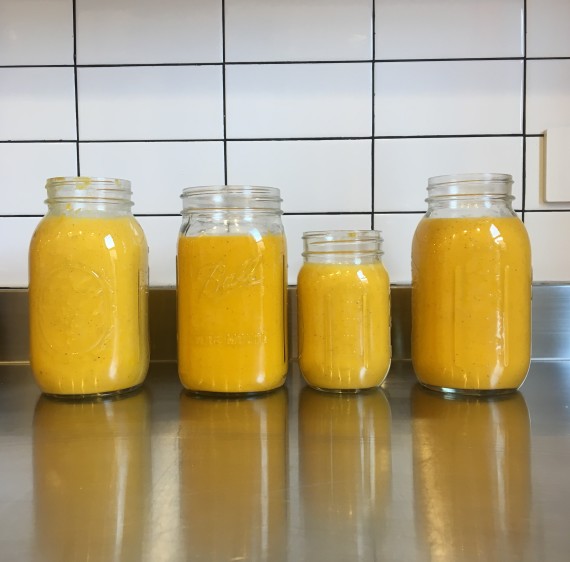
Would ya look at this gorgeous soup?! It’s versatile, filling, nutrient-dense, freezes well and is orange AF. I call it any orange vegetable soup not because it has oranges in it (it does not), but because you can use any orange vegetable like carrots, sweet potatoes, squash or any combination of them. It comes together quickly on the stove top, but if you have an Instantpot you can make this soup in no time. I’ve posted a version of this soup before, but have since updated it and figured it was worth posting again. The update? A couple scoops of almond butter added while blending, which creates a satisfying creaminess that holds up well when paired with a hearty salad for a complete meal.
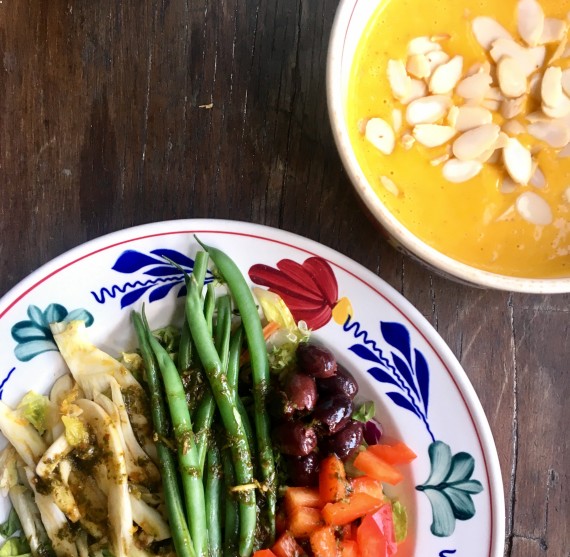 What’s also convenient about this soup is that it can be easily transformed into other meal elements. Here it evolved into a sauce for grilled chicken after I re-blended it with olive oil, tahini and preserved lemon.
What’s also convenient about this soup is that it can be easily transformed into other meal elements. Here it evolved into a sauce for grilled chicken after I re-blended it with olive oil, tahini and preserved lemon.
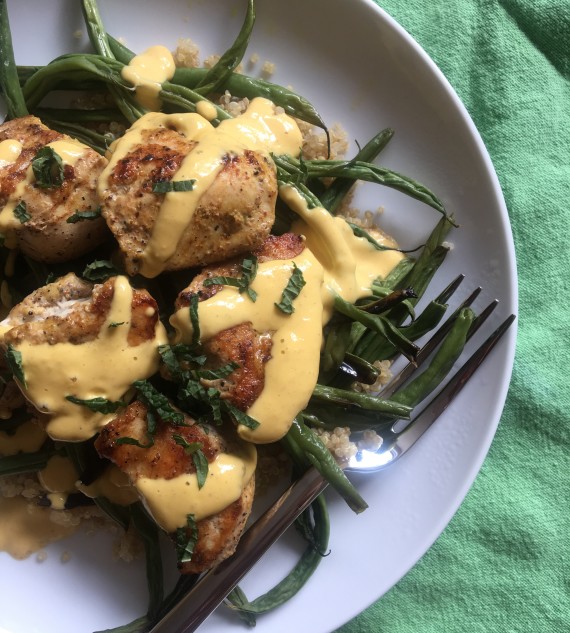 And below you can see when I used this magic soup as a base for roasted salmon and asparagus. When I wear my traditional Chinese medicine (TCM) hat, I recommend this soup to people suffering from fatigue, muscle aches or sluggish digestion since the orangey-yellow color and sweet flavor correspond to The Spleen, which in TCM is the center of the body’s metabolism. You can also up the garlic, onions and ginger and it’s wonderful at shaking that lingering head-cold out. It’s a great soup to keep on hand in the freezer for those times that you need a simple, nourishing meal. Orange you glad I told you about it?!
And below you can see when I used this magic soup as a base for roasted salmon and asparagus. When I wear my traditional Chinese medicine (TCM) hat, I recommend this soup to people suffering from fatigue, muscle aches or sluggish digestion since the orangey-yellow color and sweet flavor correspond to The Spleen, which in TCM is the center of the body’s metabolism. You can also up the garlic, onions and ginger and it’s wonderful at shaking that lingering head-cold out. It’s a great soup to keep on hand in the freezer for those times that you need a simple, nourishing meal. Orange you glad I told you about it?!
 Orange Vegetable Soup
Orange Vegetable Soup
- 2 onions, chopped
- 4 cloves garlic
- 2-3 T fresh grated ginger root
- 3-4 cups peeled and roughly chopped carrots, sweet potatoes or winter squash.
- 1 can full fat coconut milk
- Olive oil or coconut oil
- Salt and freshly cracked pepper
- 2-3 heaping T almond butter
- Heat a large heavy-bottomed pot over medium high heat. Add 1 T oil then the onion and garlic. Sauté until softened.
- Add the orange vegetables, ginger, coconut milk, salt and pepper and add enough boiling water to cover.
- Turn the heat down to low, cover and simmer for 30(ish) minutes.
- When the vegetables are soft and cooked, puree the soup with the almond butter. Taste and season accordingly. Please take care when pureeing the hot soup!
Instantpot users: put all ingredients except the almond butter in the pot (you can omit the oil). Top with enough water to cover. Close and set to high pressure for 4 minutes, natural release (you can manual release after 5 or so minutes). Continue with step 4 above.

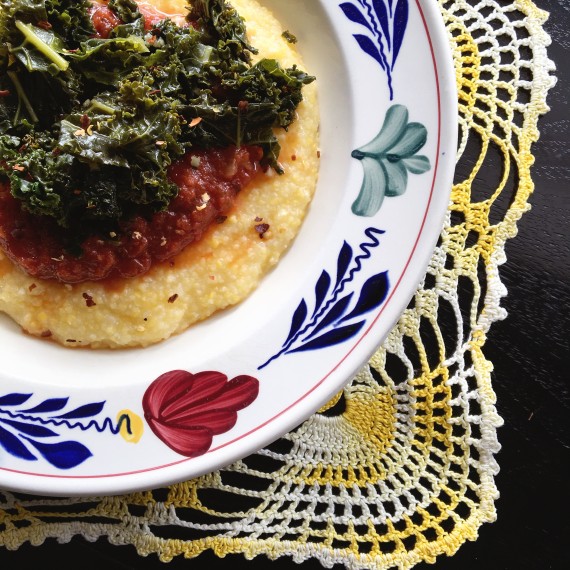 It’s only fitting that I made polenta for the first (actually second, we had oatmeal for breakfast) meal of the month. I wanted to jump right in and start to tackle the enormous amount of polenta staring me down from the pantry, so I made this completely non-authentic soft polenta in only 10 minutes, by just whisking polenta into plenty of salted, boiling water. I had some spicy tomato sauce leftover from last week, as well as a wee bit of sauteed garlicky kale from yesterday, so on top they went, for a quick, tasty lunch.
It’s only fitting that I made polenta for the first (actually second, we had oatmeal for breakfast) meal of the month. I wanted to jump right in and start to tackle the enormous amount of polenta staring me down from the pantry, so I made this completely non-authentic soft polenta in only 10 minutes, by just whisking polenta into plenty of salted, boiling water. I had some spicy tomato sauce leftover from last week, as well as a wee bit of sauteed garlicky kale from yesterday, so on top they went, for a quick, tasty lunch.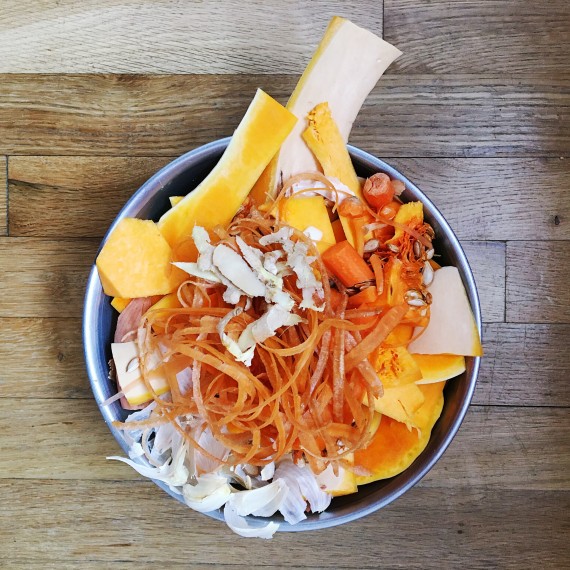
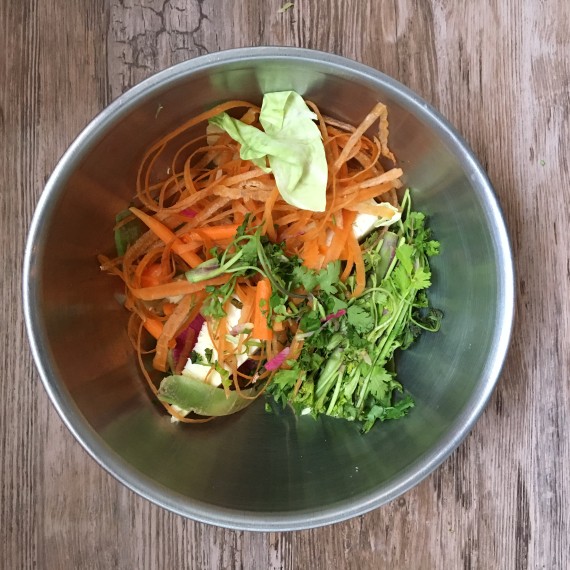
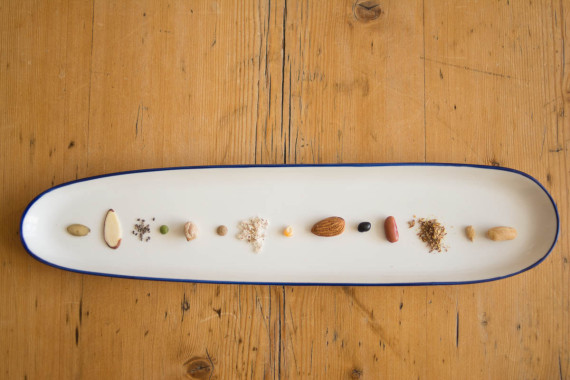 I actually thought I would have a lot more beans and nuts than I do! This past CSA season I ordered a double batch of beans, but I’ve gone through almost all of them since I “borrowed” a pressure cooker from a friend (borrowed is in quotes since it was months ago, and I have yet to give it back; she is so nice and says I can keep it as long as I’d like, but I really have to give it back). I used to be scared of pressure cookers, I had heard horror stories of exploding pots and dirty ceilings. Alas, this one is an electric counter-top version that plugs in and is virtually foolproof. It also eliminates the need for presoaking beans, which is really the best thing in the world. Dried beans can go from the bag/jar to the plate in 10-30 minutes! Here’s a closer look at what I’ll be cooking my way through come February.
I actually thought I would have a lot more beans and nuts than I do! This past CSA season I ordered a double batch of beans, but I’ve gone through almost all of them since I “borrowed” a pressure cooker from a friend (borrowed is in quotes since it was months ago, and I have yet to give it back; she is so nice and says I can keep it as long as I’d like, but I really have to give it back). I used to be scared of pressure cookers, I had heard horror stories of exploding pots and dirty ceilings. Alas, this one is an electric counter-top version that plugs in and is virtually foolproof. It also eliminates the need for presoaking beans, which is really the best thing in the world. Dried beans can go from the bag/jar to the plate in 10-30 minutes! Here’s a closer look at what I’ll be cooking my way through come February.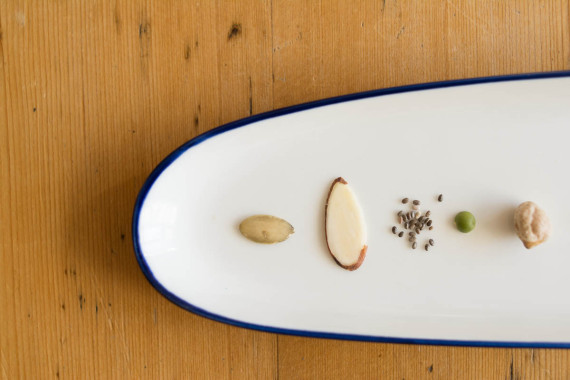
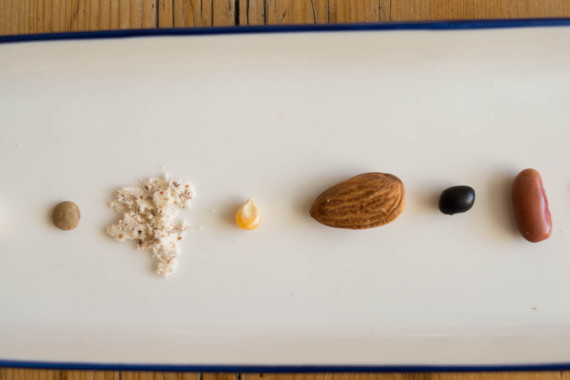
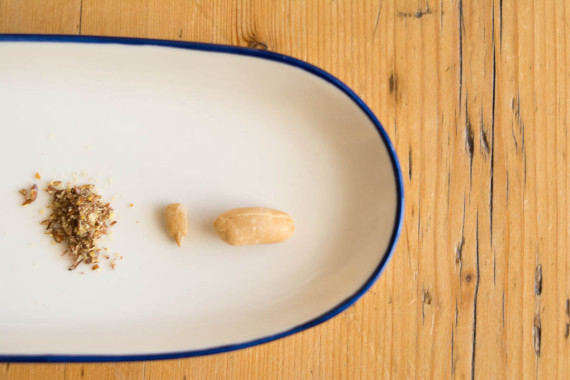
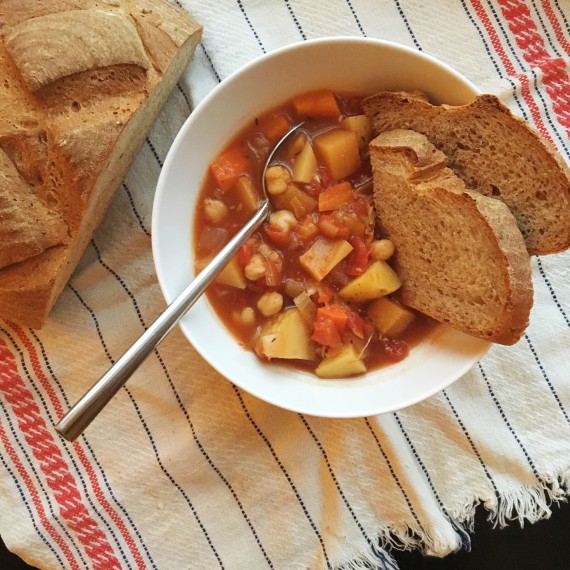
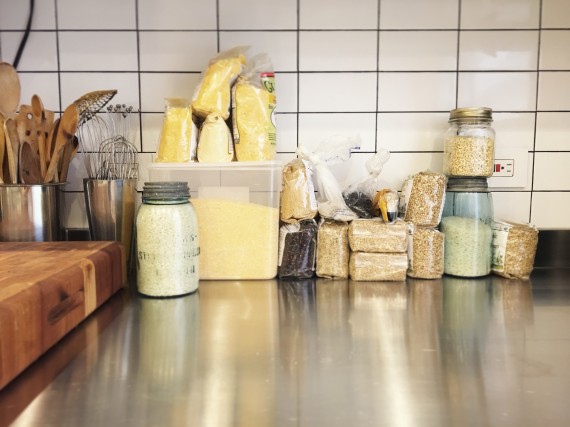 Let’s just say I have to get reallllly cozy with polenta, since I have 8.5 lbs of the stuff in my pantry! With the combo of a double
Let’s just say I have to get reallllly cozy with polenta, since I have 8.5 lbs of the stuff in my pantry! With the combo of a double